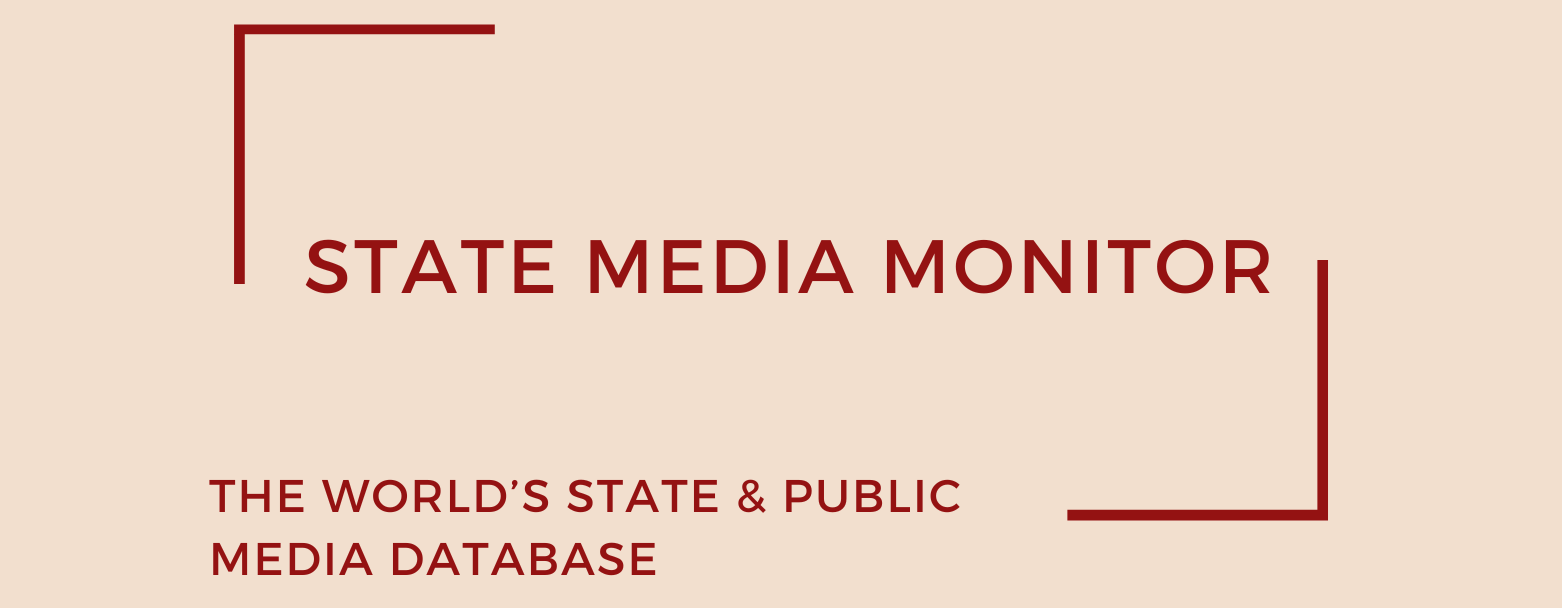Danish Broadcasting Corporation (DR)
Danish Broadcasting Corporation (DR) is Denmark’s public-service radio and television broadcaster. Established in 1925, it holds the distinction of being the oldest and most extensive audiovisual media organization in the country. DR presently operates six television channels and eight radio channels.
Media assets
Television: DR1, DR2, DR3, DR K, DR Ramasjang, DR Ultra
Radio: DR P1, DR P2, DR P3, DR P4, DR P5, DR P6 Beat, DR P7, DR P8 Jazz, DR Langbølge
State Media Matrix Typology
Independent State-Funded and State-Managed (ISFM)
Ownership and governance
DR functions as an independent public institution. Its highest authority is an 11-member Board of Directors, each serving a four-year term. Seven of these members are appointed by state authorities, three by the Minister of Culture and six by Parliament, while two are elected by DR staff. The board’s responsibilities include appointing the executive leadership, notably the CEO.
In an effort to modernize governance, a new bill proposing changes to DR’s board appointment model was introduced in February 2025. This proposed reform aims to depoliticize DR’s board appointments. Rather than granting Parliament and the Minister of Culture sweeping influence, the new model would vest authority in an independent appointment body composed of representatives from the six largest parliamentary parties. This body would appoint six board members, while the Minister of Culture would continue to select three (including the chair), and DR’s employees would elect two. The reform sharpens the professional criteria—covering media, technology, culture, and leadership—for board appointees, reduces board terms from four to three years, and caps total service at 12 years. The law is slated to take effect in 2027.
Bjarne Corydon, former Finance Minister (2011–2015) and ex-CEO/Editor-in-Chief of Dagbladet Børsen, was appointed DR’s new Director‑General. This was announced in April 2025 and has drawn mixed reactions—praised for his strengths and networks, yet also prompting concerns about potential political influence.
Source of funding and budget
Historically, DR was financed through a media license fee charged to households with audiovisual-capable devices. However, beginning in 2019, this system was gradually phased out and replaced by a public media tax. That transition was fully completed by 2022. If you’re a Danish resident aged 18+, you now contribute to DR through your income tax: this revenue is allocated via the state budget, not a standalone fee.
In recent years, DR’s finances have demonstrated a steady upward trend. In 2021, its annual budget stood at DKK 3.8 bn, with license fee revenue making up around 22% of that total. In 2022, total budget grew to DKK 3.9 bn, almost entirely funded through state subsidy. In 2023, the budget reached DKK 4.13 bn, of which DKK 3.66 bn came via the public media tax.
In 2024, DR’s total income rose to DKK 4.3 bn, of which DKK 3.9 bn came from public media tax, while expenditure climbed to DKK 4.5 bn (2023: DKK 3.8 bn), driven by major broadcasting costs linked to the UEFA Euro 2024 and the Paris Olympics, as well as higher personnel expenses following the 2023 collective agreement.
Editorial independence
Denmark’s Constitution has prohibited censorship since 1849, guaranteeing that DR operates free from government interference in its editorial content. The Broadcast Law enshrines DR’s editorial autonomy, emphasizing freedom of information and expression as cornerstones of its programming.
To uphold standards, DR employs a Listeners’ and Viewers’ Editor, a de facto ombudsman who evaluates content against DR’s charter, manages audience feedback, and consults with management to ensure accountability.
August 2025
Citation (cite the article/profile as part of):
Dragomir, M. (2025). State Media Monitor Global Dataset 2025.
Media and Journalism Research Center (MJRC).
Zenodo.
https://doi.org/10.5281/zenodo.17219015
This article/profile is part of the State Media Monitor Global Dataset 2025, a continuously updated dataset published by the Media and Journalism Research Center (MJRC).
